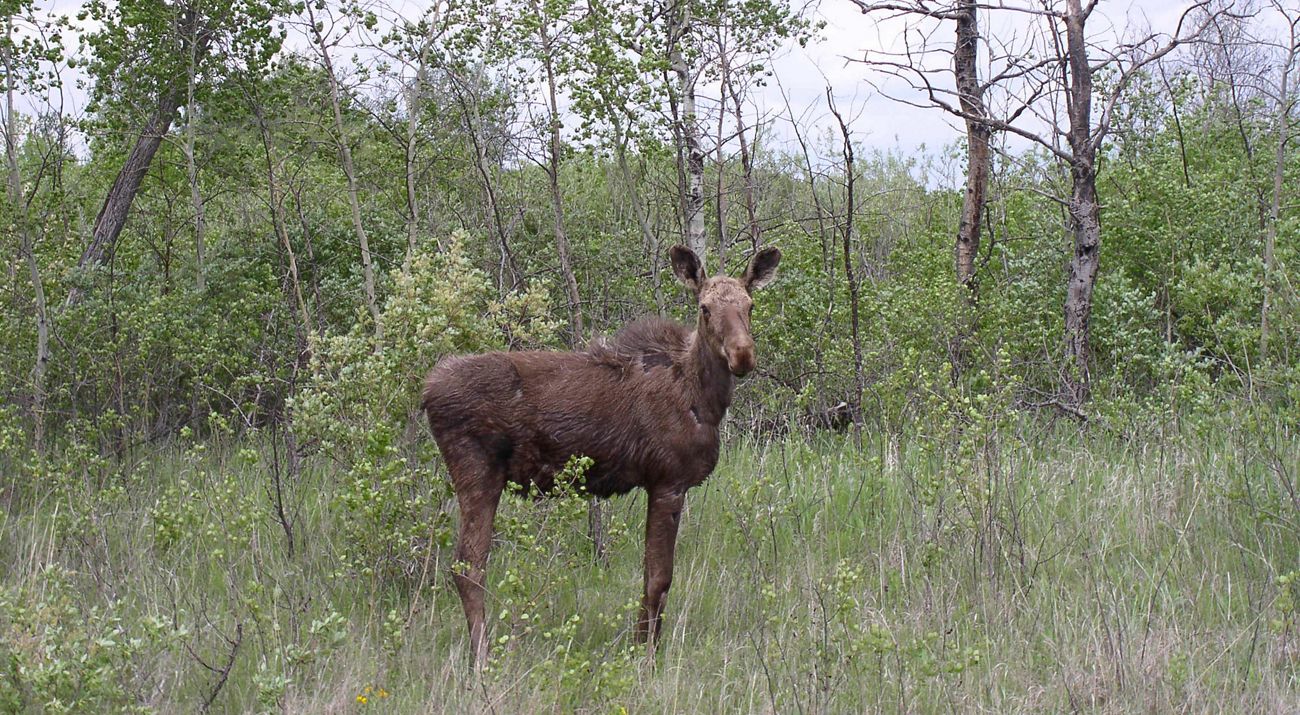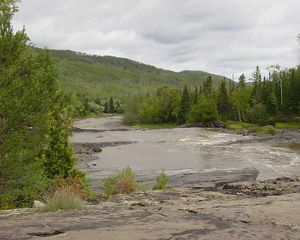Description
This preserve includes one of the best remaining examples of the North Shore in the Great Lakes, according to ecologists. It includes an old-growth forest of sugar maple, yellow birch, white spruce and white cedar, some estimated at more than 300 years old and requiring the length of two or more persons’ arms to circle their trunks. Old-growth forests of this type and quality are reminders of the North Shore’s natural heritage, and this is the largest example in private ownership.
The property also contains black ash and cedar swamps, vernal pools and important aquatic habitats such as Art Lake and the Manitou River within its boundaries.
Why TNC Selected This Site
The property is unique because people can experience forests in their natural self-sustaining condition—young trees grow in the openings created by the natural deaths of older trees. Ancient, decaying logs on the forest floor nurse seedling trees to life, securing a sustained source of autumn’s brilliant colors. Forest fragmentation, fostered by second home development and unsustainable use, has changed other woodlands in the North Shore area.
Without large tracts of continuous forest, migratory songbirds and other species that represent ecosystem health are much less likely to survive. Old-growth forests are very rare now and recognized as important laboratories for study on how forests function, providing useful information to foresters and researchers.
What TNC Has Done/Is Doing
The Upper Manitou Forest Preserve represents a new approach to conservation in Northeast Minnesota. The Nature Conservancy is acquiring environmentally sensitive lands to preserve, maintain and restore habitats on these 2,000+ acres, while using its science-based, non-confrontational approach to work with other key landowners in the area.
For example, Lake County and the Conservancy are working together here on joint forest management and restoration projects. The Minnesota Department of Natural Resources and private landowners are participating in the effort as well. Meanwhile, TNC will keep its lands open for traditional community uses, including hunting. Currently, TNC is compiling a forest inventory for the entire preserve. This work will produce a map of all forest types and data on several ecosystem attributes, from the heights of trees in the canopy to the type of vegetation growing on the forest floor.



